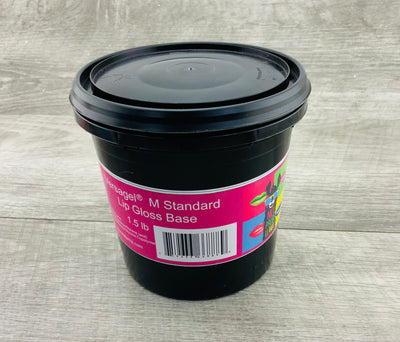Tips for Selecting a Cosmetic Pigment
Why do some lip colors look wrong on you? The ideal beauty product enhances your coloring—that one-of-a-kind combination of your eyes, hair, skin, undertone, and even your favorite clothes. Frankly, the only way to find that is by making your own lip gloss. Use these tips for selecting a cosmetic pigment to create the perfect shade.
Decide What Kind of Additives You Want
Botanicals
Botanicals are hues straight from the earth and can be less processed than artificial ingredients. The downside? Many cosmetic companies won’t use them because they can bleed easily and don’t often set well. Some to try:
- Beetroot powder
- Henna
- Alkanet root
- Annatto seed powder
- Chlorella
- Unsweetened cocoa
Mineral Pigments
These are considered best for makeup in terms of color control, texture, and durability. The downside? Even though minerals are natural, the earth also has toxic materials such as heavy metals. The FDA now requires them to be produced in labs. These minerals include:
- Iron Oxides (red, brown, black, yellow)
- Ultramarines (blue, violet, pink)
- Chromium Oxide (green)
- Titanium Dioxide (white)
Make Sure They’re Safe
Only a few botanicals are approved for use in cosmetics; you can learn more by checking with the FDA’s guidelines.
Beware of colors and dyes even when they are “FD&C Approved.” The Federal Food, Drug, and Cosmetic Act weeds out some of the most toxic dyes, but the guidelines are loose. Some approved dyes still have heavy metals from petroleum and tar that our skin can absorb, leading to significant dangers over time.
Even some of the “safe” minerals can be hazardous for those who mine them. Mica, for instance, is a popular ingredient for its shimmery effect—but if it’s from India or Madagascar, it could be the result of child labor and unsafe conditions.
Choose the Right Base Colors
If you want to experiment with makeup you already own, you can add a smidge of a go-to lipstick, blush, or eye shadow to your lip gloss base.
Additives developed specifically for cosmetics don’t dry or irritate lips, they don’t morph or bleed after application, and they deliver the most control over color intensity. You can also research a lip gloss pigment powder to find out if it’s safe—for you, the environment, and the workers who source it.
No Prob-Llama only uses responsibly sourced ingredients. We offer an array of pigments with hard-to-achieve effects, like traveling colors and metallics, including:
- Electric Fuchsia
- Ruby Gemstone
- Golden Bronze
- Red & Orange Duocrome
- Red & Blue Duocrome
- Yellow Gold Duocrome
- Red and Violet Duocrome
Take these tips for selecting a cosmetic pigment into account, and you can use it to tint homemade soaps, shampoos, eye shadow, lipsticks, lotions, creams, and mineral makeup. Take a look at No Prob-Llama’s collections for pigments and all you need for a lip gloss that’s custom-created for you.
